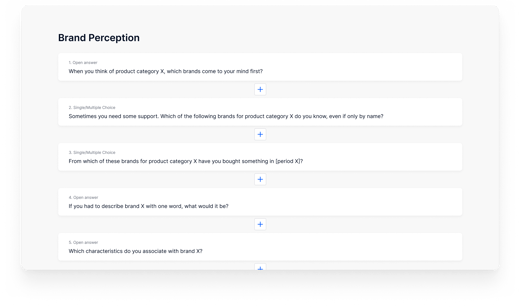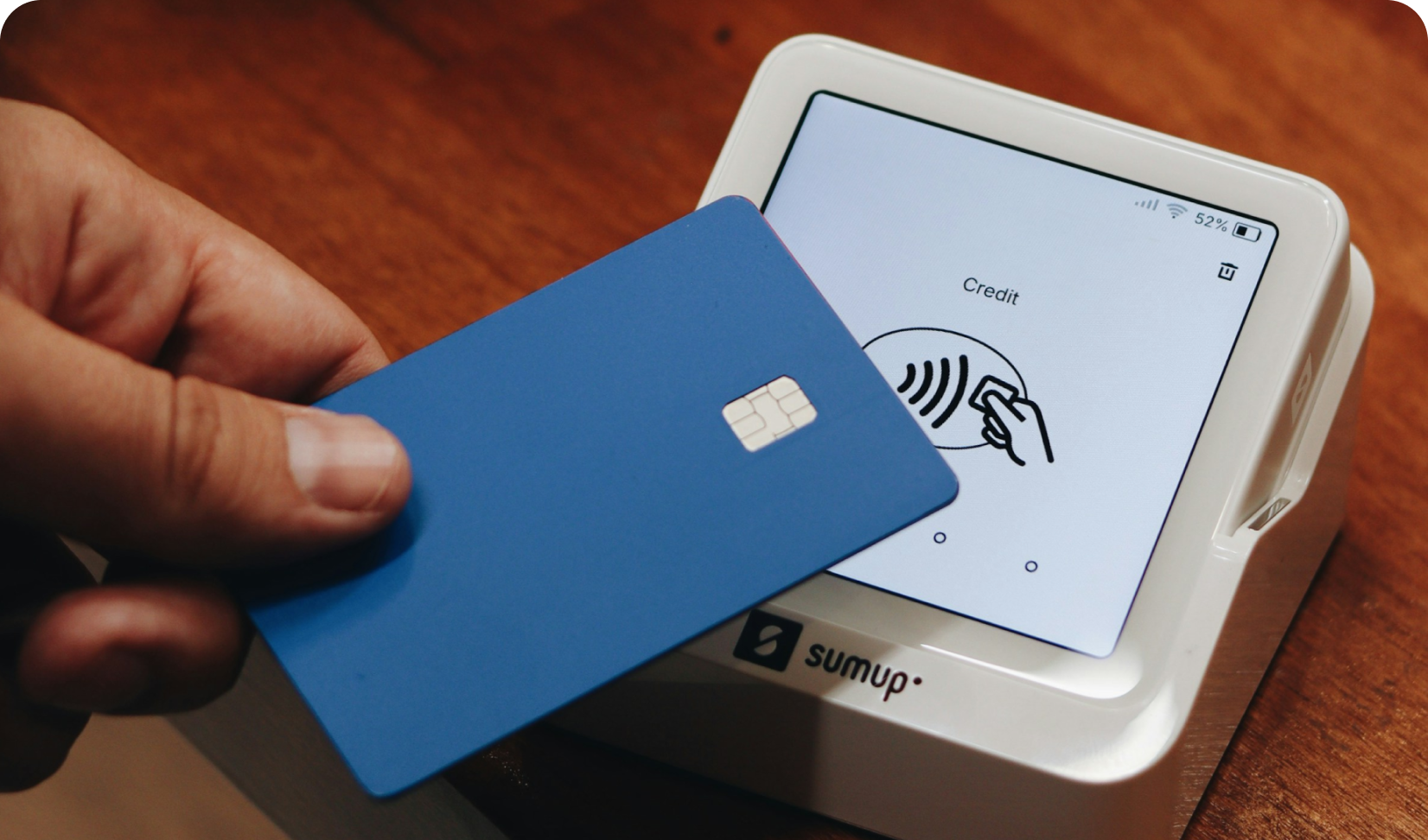Measuring Brand Image
Appinio Research · 20.10.2022 · 9min read

Content
What do you think of when you hear the names Volkswagen, Coca-Cola, or Burger King? Your associations, whether positive or negative, form the brand's image and play a significant role in your purchasing decisions.
Therefore, it's essential for companies to understand how consumers perceive their brand to create effective advertising strategies.
In this blog, we'll explore the methods used by Appinio to measure a brand's image and uncover what consumers associate with it.
What is a brand?
A brand is more than just a company's name, logo, design, and slogan.
It represents a collection of expectations, memories, stories, and relationships that consumers associate with the company and its products.
By combining these elements, a brand can influence consumers' decisions and guide them towards a particular product or company.
In today's competitive market, having a unique and memorable brand is essential for standing out from the crowd. It can help build brand awareness and establish a lasting presence in the market.
Brand Image is determined by consumers

Measuring a brand's image can be challenging because it requires a deep and comprehensive understanding of how consumers perceive the brand.
Brand perception involves the process of recording, ordering, selecting, and interpreting information related to the brand, which is influenced by shared experiences.
What do customers think of a brand? How do they view its products and services? And how does their perception compare to that of the competition?
While brand owners may have a clear idea of what their brand represents, each consumer has a unique attitude and association with the brand.
Ultimately, it's the consumers' opinions and feedback that determine a brand's true image.
This is why the brand image is crucial in determining whether consumers will choose to purchase a product or not.
Research experts answer: What are the benefits of having a good image compared to a bad or just neutral one?
A strong brand image fosters trust and credibility, enabling premium pricing, greater customer advocacy, and resilience against market fluctuations. In contrast, a bad or neutral image can result in lost sales, negative word-of-mouth, and diminished customer trust.
Targeting the right Audience: key to a successful customer approach
Successful brands like Coca Cola, Apple, and Starbucks have maintained their position at the top of their respective markets for decades. Their secret lies in the special attraction they have in the minds of consumers.
However, the global failure rate for new product launches reveals that this attraction is not easy to achieve. More than half of all product launches fail, often due to a lack of understanding of the target audience and a misguided customer approach.
Conducting a thorough analysis of your target audience is crucial.
Understanding your customers, including their age, gender, location, language, occupation, interests, attitudes, and habits, is essential for shaping your brand's image and perception.
Because not only what people say about your brand, but also who says it, is vital in forming a general brand image.
Op live chatThe power of Unconscious and Emotional Branding
Our perception and subsequent behavioural processes are largely automatic, and we unconsciously perceive brands, products, and advertising messages.
When making purchasing decisions, it is less about conscious (cognitively processed) information and more about emotional associations (implicitly processed) conveyed through brand communication and associations.
The true power of a brand lies in the minds of customers and their emotional connections to its values.
When faced with a multitude of comparable products with similar features, a positive brand image can guide a customer's decision-making process based on emotional connectivity and familiarity.
For example, the emotions triggered by an iPhone can replace the time-consuming information gathering and decision-making process, making the customer unconsciously drawn to it.
In short, understanding the power of unconscious and emotional branding can help companies create stronger connections with their customers and stand out in a crowded market.
Ever heard of Mental Availability? If you are interested in this new approach, have a deep dive and listen to our research director Louise Leitsch explaining Mental Availability and Category Entry Points in detail!
![]()
Measuring Brand Image
To establish a strong and enduring brand personality, it is crucial to know if the brand exists in the minds of customers and how it is perceived.
Conducting surveys is an effective way to measure and enhance brand image.
There are different methods for gauging brand awareness, such as:
- The unaided brand recall test, where participants list their associations with a given brand without any prompts,
- The aided brand recall test, prompting participants to identify a brand's packaging, logo, or other distinctive features.
Market research uses various other tests like brand association, brand attitude, brand dominance, and brand equity tests to evaluate brands.
Although these tests may not directly measure brand image, they offer valuable insights into a brand's overall health and are frequently combined with unaided or aided brand recall tests.
You can find a free template to test your brand's perception in the Appinio platform. Try it out and get started immediately!
Including Competitors in Brand Image tests
To gain a complete understanding of your brand image, it's crucial to not overlook the competition.
When conducting a brand image test, it's important to include competing brands in the survey to provide context to the results. It's essential to consider what it means when participants state their preference for a brand, while other brands are bought just as often.
Multiple-choice questions are an effective way to gather data about competitors, such as "Which brand would you recommend to your friends?" or "For which brand can you imagine to work?".
Additionally, multiple-choice questions can be used to gather information on:
- Usage behaviour
- Satisfaction or dissatisfaction
- Impression
- Value for money
- Trustworthiness
By including competitor brands in your brand image test, you can better understand how your brand compares to others and identify areas for improvement.
Want to test your brand image?
Want to test your brand image, but need more info? No worries! Our experts know brand image inside and out and can give you valuable insights to help your business succeed. Book a demo today and start improving your brand's image!
Get facts and figures 🧠
Want to see more data insights? Our reports are just the right thing for you!



